Baby-led Weaning vs Purees, which is the best method? Like every aspect of raising a child, there are so many opinions out there. This article covers the differences between baby-led weaning and purees, the pros and cons of each, and my first-hand experience of using both methods.

There are two basic approaches to weaning: baby-led weaning and the more traditional method of spoon-feeding purees. These approaches can be used solely or combined as a mixed-method approach.
When parents start introducing solid foods to their babies, they often feel confused about which approach they should take. Knowing the advantages and challenges of the different approaches can help you choose the method that will work best for you and your baby.
Weaning should be an enjoyable and positive experience for both you and your baby. What suits one family may not work for another. There is no one correct way to start your baby on solids.
My Experience:
I went down the traditional weaning route with my eldest, Finn, and the Baby-led Weaning approach with Rory, my youngest. Both were positive experiences but had their pros and cons.
Purees (Spoon Feeding)
Traditional spoon feeding is where you start the weaning journey by offering purees off of a spoon and gradually increasing the texture and the introduction of finger foods.
My Experience:
I weaned my eldest, Finn, at five and a half months using the traditional method. I started with smooth purees, progressed to mashed/chopped and introduced finger foods around seven months.
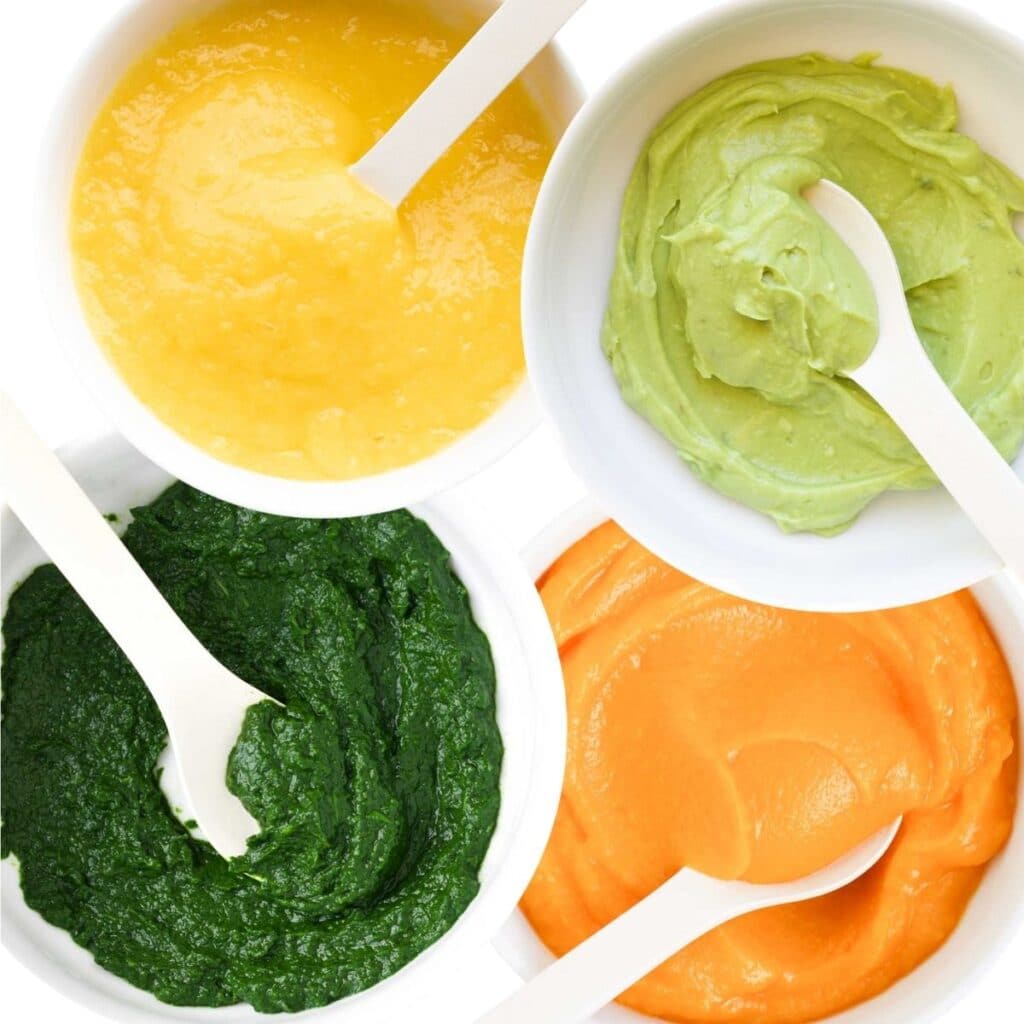
Advantages of Spoon Feeding
- EASY TO KNOW HOW MUCH HAS BEEN EATEN
Keeping track of what your baby has eaten is much easier as you know how many spoonfuls you have given and can see how much is left.
My Experience:
I had comfort, as a first-time parent, knowing how much Finn had eaten and it was easier to ensure he was gaining the right nutrients. (e.g iron) - LESS MESS & FOOD WASTE
Spoon feeding creates a lot less mess than baby-led weaning, it also results in less food waste. As you are assisting with feeding, food isn't getting thrown, smooshed or experimented with in the same way as self-feeding.
My Experience
I froze purees in small portions and could take out only what was needed, very little was wasted and there was little mess. - FAMILIES / CAREGIVERS MORE LIKELY TO GET ON BOARD
Most people are more familiar with spoon-feeding and as a result, they can feel more comfortable with offering purees rather than finger foods.
My Experience
Both my parents and inlaws used the spoon-feeding method to wean their babies and so felt very comfortable feeding Finn purees.
Disadvantages of Spoon Feeding
- TIME-CONSUMING/EXPENSIVE
Preparing separate purees is time-consuming, and if you choose to buy purees it can be expensive.
My Experience
As Finn was my firstborn and I wasn't working at the time, I had the time to make purees. I made them in batches and froze them in ice cubes, that way I only really needed to make purees once a week. - HARDER TO HAVE FAMILY MEALS
Having to spoon-feed your baby at mealtimes makes it harder to enjoy meals together.
My Experience
I ended up feeding Finn at separate times or before we ate. This meant he missed out on a learning experience (watching us eat) Once he was eating finger foods, in addition to purees, we tried to introduce him to family meals. (7 months) - MAY INCREASE THE LIKELIHOOD OF FUSSY EATING
If you are following a spoon-feeding method it is important to vary the texture of the foods you offer as you move through your baby's weaning journey. If your baby is not exposed to textured foods until later then they can experience more feeding difficulties. You should also offer both single food purees, mixed purees and shouldn't be afraid to add spices and herbs to purees to introduce a range of flavours.
My Experience
Finn has always been a fantastic eater and is still an adventurous eater now (age 10). I made sure to move through textures fairly quickly and offered a variety of finger foods soon after he started purees. I liked to cook with a range of spices, herbs and food types to ensure his diet was varied in nutrients and flavour.
- DIFFICULTY READING YOUR BABY'S FULLNESS
Parents can be tempted to sneak in extra spoonfuls even if the baby is full. Doing this frequently will teach your baby to eat more than he needs.
My Experience
Finn always cleared his bowl and as I look back now I wonder if I offered enough. I don't believe I provided enough opportunities for him to let me know he was done.
Baby-Led Weaning (BLW)
Baby-led weaning is a feeding method where the baby skips traditional purees and instead is offered foods prepared in a size and shape that can be handled easily by a baby. Your baby is the only one to put food in their mouth using their hands or pre-loaded self-feeding spoons.
Babies should be six months of age before starting BLW, should be able to sit up unsupported (or with little support) and be able to hold their head upright.
My Experience:
I started Rory, my youngest, with baby-led weaning at the recommended age of six months. He joined in with family meals and fed himself from day one.
I offered him a selection of single finger foods at the start but very soon he was really just eating what we all were as a family. Read more about what Rory ate in his baby-led weaning first-month food diary
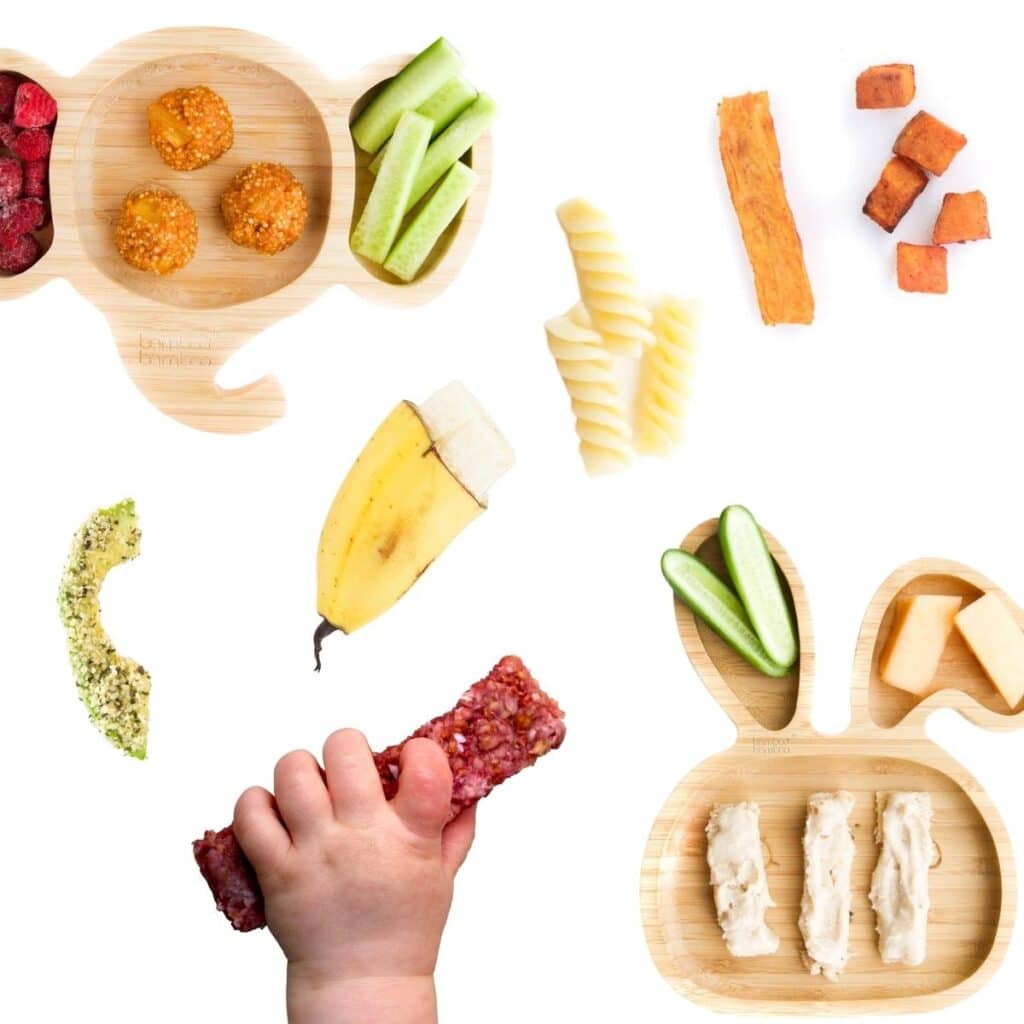
Benefits of Baby-Led Weaning
- LESS TIME CONSUMING
Your baby is offered the same food as you so there is no extra cooking, pureeing and less time spent on washing up!
My Experience: I loved not having to make purees. I actually enjoyed making purees for my eldest but I didn't have a toddler to attend to at that time. It was great reducing the workload by giving Rory pieces of food that we were eating.
- FAMILY MEALTIMES
You can eat at the same time as your baby because you aren't required to spoon-feed. Baby learns from watching others eat.
My Experience: I could enjoy meals at the same time as Rory. He would feed himself as we ate. Rory joined in with meal times from the very beginning. - EXPLORE TASTE & TEXTURES AT BABY'S OWN PACE
No transitioning from smooth to lumpy/mashed/whole food
My Experience: Baby-led weaning allowed Rory to explore a range of flavours and textures early, which he would not have gotten if his food was all blended together. - ENCOURAGES FINE MOTOR SKILLS DEVELOPMENT
As babies learn to control pieces of food, their fine motor skills also improve. - HELPS BABY LEARN SELF REGULATION
Babies who self-feed can not be made to eat more than they need. They are "in charge" and can control how much they eat. This development of self-regulation is crucial for establishing a healthy relationship with food.
My Experience: Rory, now age 7, is still great at self-regulation, much more so than Finn. However, I'm sure this is also due to their natures.
Disadvantages of Baby-Led Weaning
- MESSY MEAL TIMES
Baby-led weaning is very, very messy and you are likely to find food everywhere!
My experience: After each meal, I felt like it was a military operation to clean the kitchen (and Rory)! - FOOD WASTE
It takes time for a baby to learn the skill of self-feeding and they need to be given the opportunity to explore, especially in the beginning. This can result in a lot of food waste.
My Experience: At the start, I found that there was a lot of food wastage but after a couple of months I noticed that this decreased dramatically. - UNCERTAINTY ON HOW MUCH BABY IS EATING
It can be difficult to know exactly how much your baby has eaten as food tends to end up everywhere!
My Experience: At the start, I was never quite sure how much Rory had eaten and how much was swept up. This, in turn, made me worry that he was not receiving enough nutrients (such as iron)
- OTHER PEOPLE'S OPINIONS.
Our parents' generation generally began feeding with purees and may not understand/believe in baby-led weaning. They may express negative opinions and may not be comfortable with supervising while your baby eats independently.
My Experience: I think I would have found unsolicited advice regarding feeding methods harder if I had done BLW the first time around. I felt a lot more confident with my second baby and found it easier to ignore comments and opinions. I did find that parents/inlaws were nervous about choking/gagging and weren't as comfortable with this method. - WORRIES ABOUT CHOKING
As babies are putting chunks of food in their mouths there are worries about choking. Food should always be prepared in a safe way and your baby should always be supervised.
My Experience: I personally had no real worries about choking but my husband was really worried at the start. Rory would occasionally gag and this would stress my husband out, to begin with.
The Combined Approach (Combining purees and baby-led weaning)
There doesn't need to be an "either/or" approach to weaning. There are a lot of benefits to a mixed-method approach (combining purees and soft finger foods.)
Many BLW "purists" believe that offering the spoon alongside BLW will confuse babies and could cause babies to choke. However, for years babies have been weaned this way and many health professionals support this approach.
Advantages of the Combined Approach
I've just bullet-pointed the benefits as they really are just a combination of the positives for both methods detailed above.
- EASIER TO KNOW HOW MUCH IS EATEN
- EASIER TO HAVE FAMILY MEAL TIMES
- VARIETY FOCUSSED
- SELF-REGULATION
- INDEPENDENCE
- FLEXIBLE
Disadvantages of The Combined Approach
- TIME-CONSUMING
Combining two feeding methods can be more time consuming as you are preparing purees and finger foods. - MESSY
Combining both methods may mean extra mess. Mess from the baby self-feeding and also the extra washing up from spoon-feeding. - POTENTIALLY CONFUSING / FRUSTRATING
Some babies may get frustrated if they prefer one method over the other and show this when/if their preferred method is not being offered. - WORRIES ABOUT CHOKING
Just like the baby-led weaning method, it is important to prepare finger food in a baby-friendly way.
Musts for Any Weaning Method.....
Whether you choose to spoon-feed, do baby-led weaning or a combination of both, there are some things you should always check before offering food
- Baby must be developmentally ready
Not premature, or delayed in their development in anyway (if any concerns ask your health professional) - Ensure there is always an adult present and supervising when baby is eating.
- Ensure baby can sit up with minimal (if any) support.
- Allergenic foods should be offered separately and in a safe way.
Only offer a new allergen to baby when they are well
Offer a small amount of an allergen initially and don't offer any other new foods that day.
Once introduced and tolerated try to include that allergen regularly. - Food should be prepared properly and certain foods avoided
Check for hot spots in purees
Finger foods should always be soft and manageable - no choking potential (read more about finger foods here)
No added salt & sugar
No honey
No unpasteurised dairy and undercooked eggs/meat.
No high mercury fish.
Final Thoughts and Weaning Tips.....
Every baby is different and every parent is different, choose to do what is best and easiest for you and your baby. If you or your baby isn't happy with the method you original chose, adapt and move on.
Stay calm, some days your baby will eat tons and the next day they will pick. Try not to worry about it and trust your baby's appetite. Make mealtimes a relaxing and enjoyable time. Don't force your baby to finish or eat something they are refusing, they should be in charge of how much they eat.


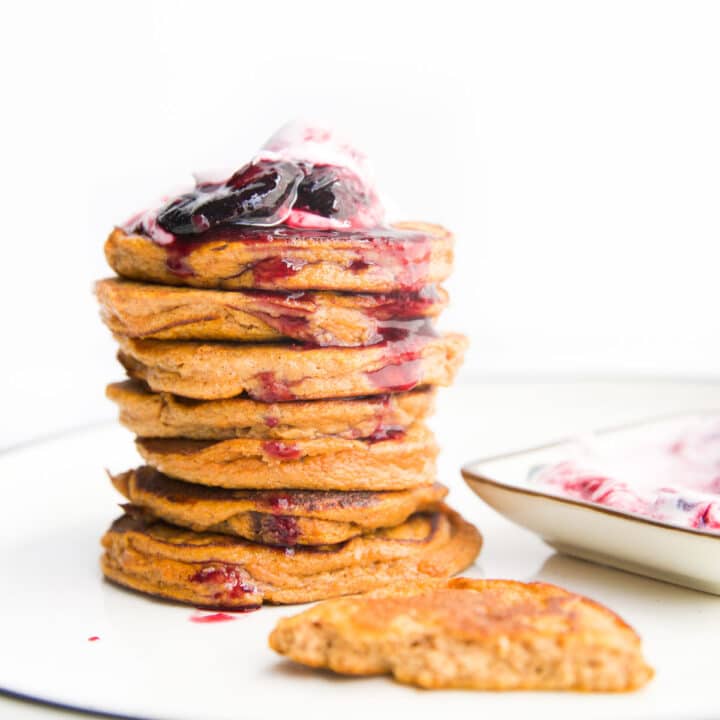
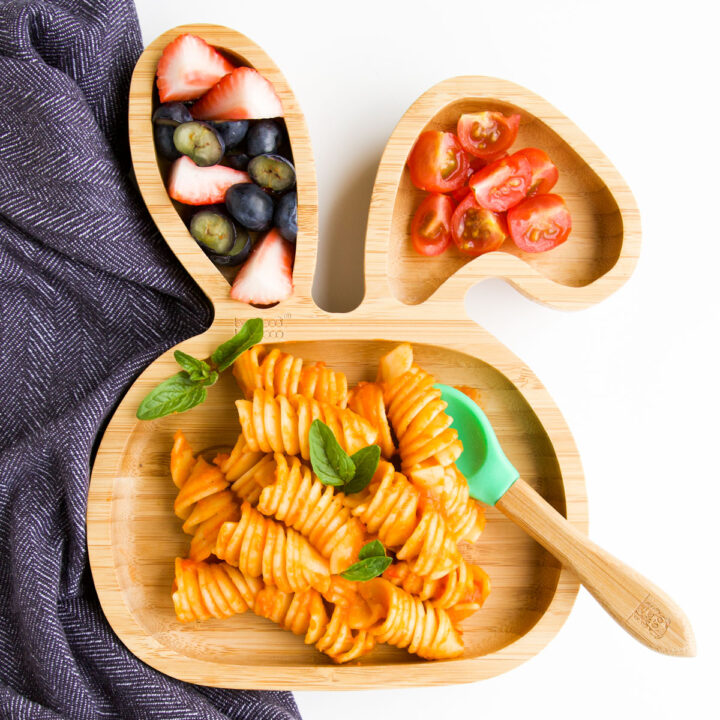
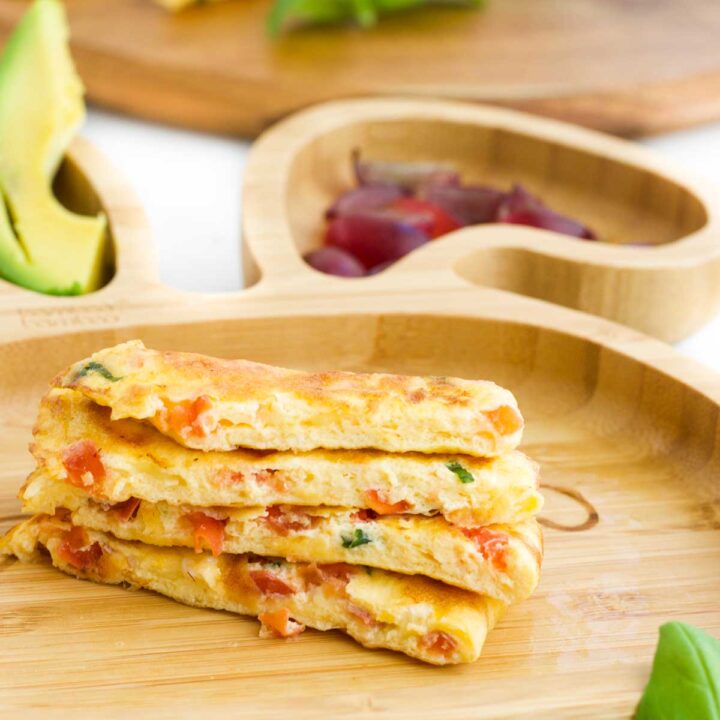

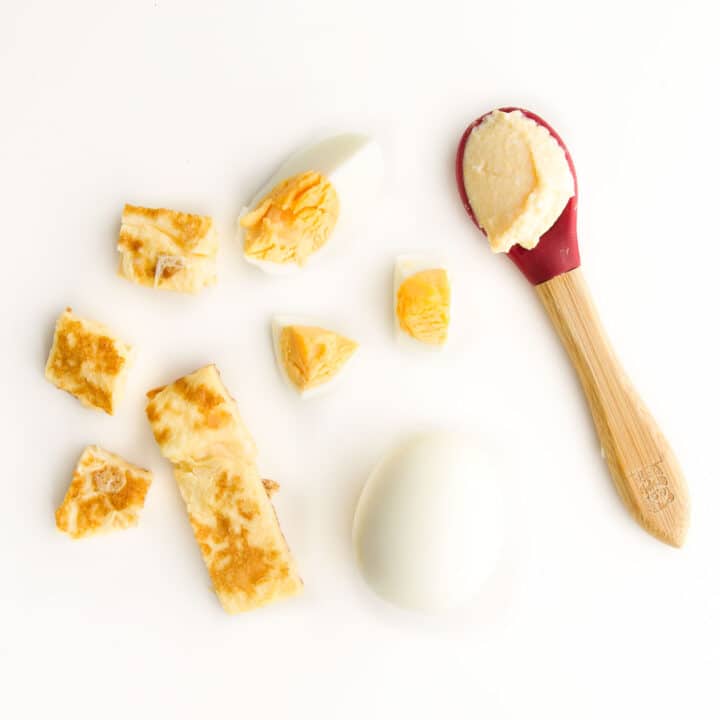
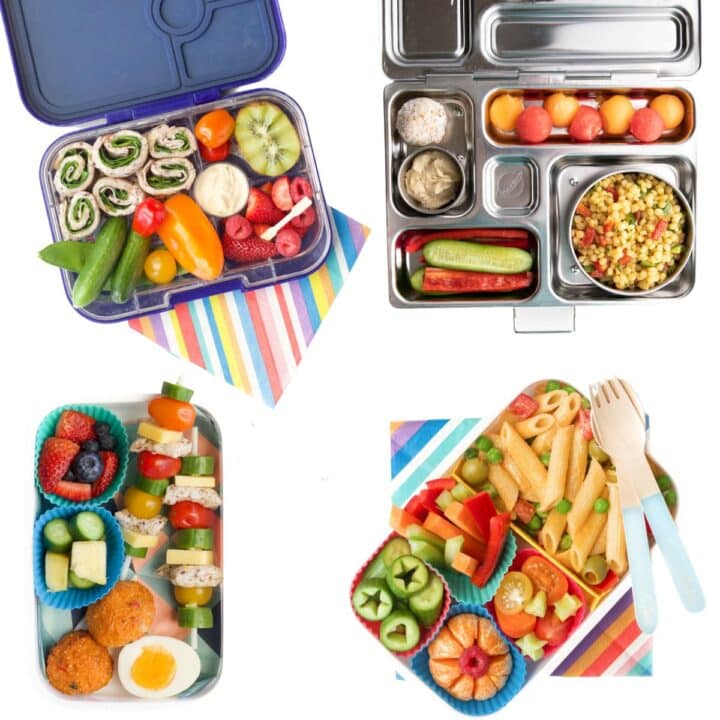
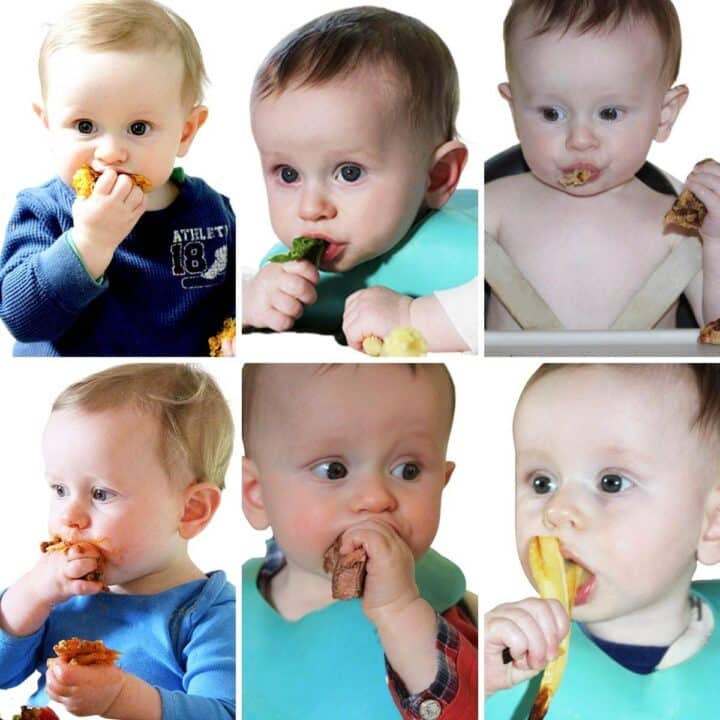
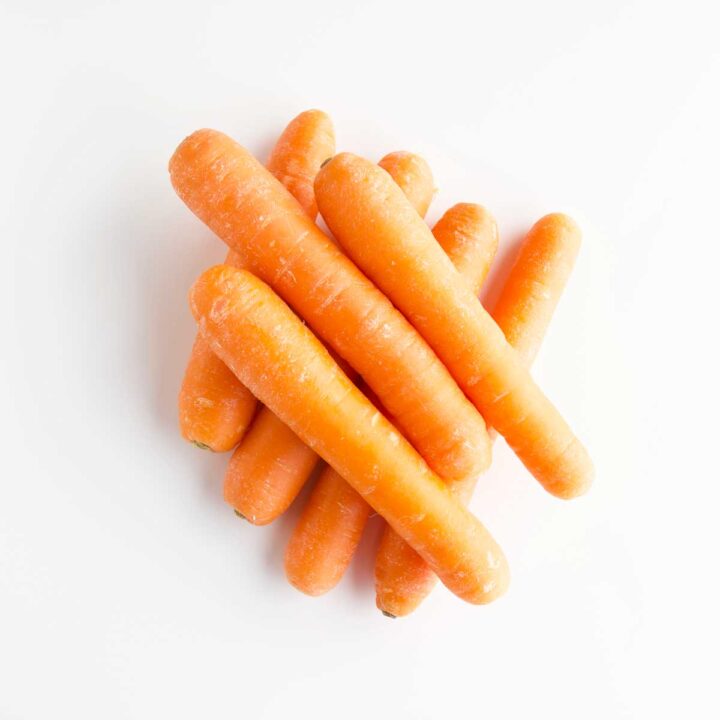
Jeanelle Alsing
It’s an remarkable post in favor of all the online users; they will get benefit from it I am sure.